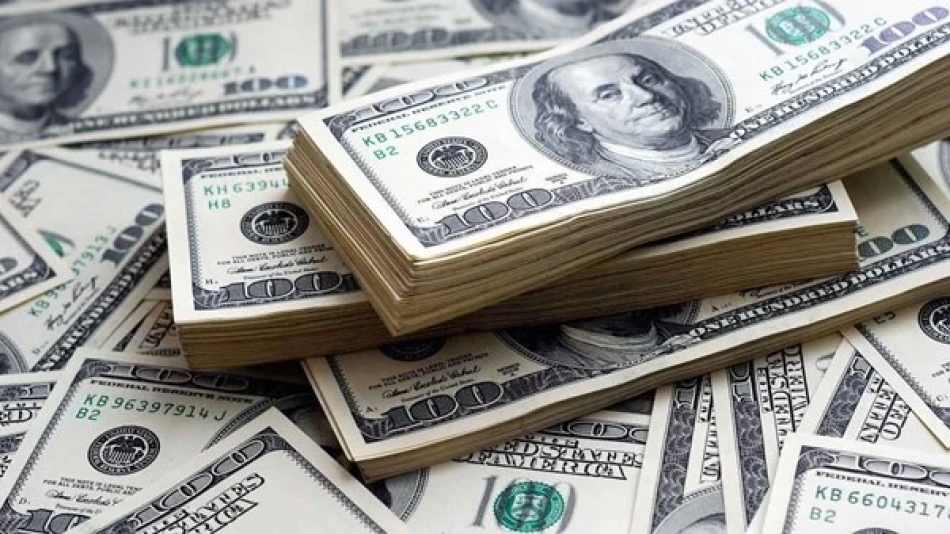
Dollar Steadies After Volatility from U.S. Interest Rate Decision
Dollar Stabilizes After Fed Rate Cut Triggers Wild Swings, But Broader Weakness Persists
The US dollar found its footing Thursday morning after a dramatic overnight plunge to three-and-a-half-year lows, followed by a sharp recovery as markets digested the Federal Reserve's dovish monetary policy signals. Meanwhile, commodity currencies took fresh hits as economic data from Australia and New Zealand reinforced expectations for aggressive rate cuts in both nations.
Fed's Quarter-Point Cut Sparks Currency Volatility
The Federal Reserve delivered an expected 0.25% rate cut Wednesday, but it was Chair Jerome Powell's commentary about "steady" further reductions through year-end that sent the dollar index tumbling to its lowest level since February 2022 at 96.224. The greenback's initial weakness reflected investor concerns that the Fed may be more aggressive in easing monetary policy than previously anticipated.
However, the dollar's swift recovery—gaining 0.44% to 97.074 and holding steady around 97.095 on Thursday—suggests markets may have overreacted to the Fed's messaging. This volatility mirrors similar patterns seen during previous easing cycles, where initial currency weakness often proves temporary if the underlying economy remains resilient.
Commodity Currencies Under Pressure from Weak Data
New Zealand Dollar Tumbles on GDP Disappointment
The New Zealand dollar suffered its steepest decline, falling as much as 0.9% to 0.5911—its lowest level since early September. The catalyst was worse-than-expected second-quarter economic contraction data, which has amplified market expectations for more aggressive rate cuts from the Reserve Bank of New Zealand this year.
This economic weakness puts New Zealand in a similar position to other small, trade-dependent economies that have struggled with post-pandemic recovery challenges. The RBNZ now faces the delicate task of supporting growth while managing inflation expectations.
Australian Jobs Data Disappoints
The Australian dollar also weakened, dropping 0.23% to 0.6639 after official data showed a surprising 5,400 job loss in August—a stark contrast to market forecasts of 21,500 new positions. This employment miss adds to concerns about Australia's economic momentum and could influence the Reserve Bank of Australia's policy stance.
European Currencies Capitalize on Dollar Weakness
The euro reached its highest level since June 2021 at 1.19185 before settling at 1.1809, while the British pound briefly touched 1.3726—its strongest showing since early July—before retreating to 1.3612. These moves reflect not just dollar weakness but also relative strength in European economies, which have shown more resilience than expected in recent months.
Market Implications and Forward Outlook
The currency market's reaction reveals a critical tension in global monetary policy. While the Fed's dovish pivot typically weakens the dollar, the central bank's ability to cut rates also signals policy flexibility that other nations may lack. Countries like New Zealand and Australia, already dealing with economic headwinds, may find themselves in a more challenging position if they need to match US easing while managing domestic pressures.
For investors, this environment creates opportunities in carry trades and currency hedging strategies, particularly as interest rate differentials shift. The dollar's quick recovery suggests that reports of its demise may be premature, especially if US economic data continues to outperform expectations relative to other major economies.
The yen's movement against the dollar—recovering from overnight lows of 145.495 to 147.115—also bears watching, as it reflects ongoing intervention concerns from Japanese authorities who remain vigilant about excessive currency volatility.
Most Viewed News

 Layla Al Mansoori
Layla Al Mansoori






